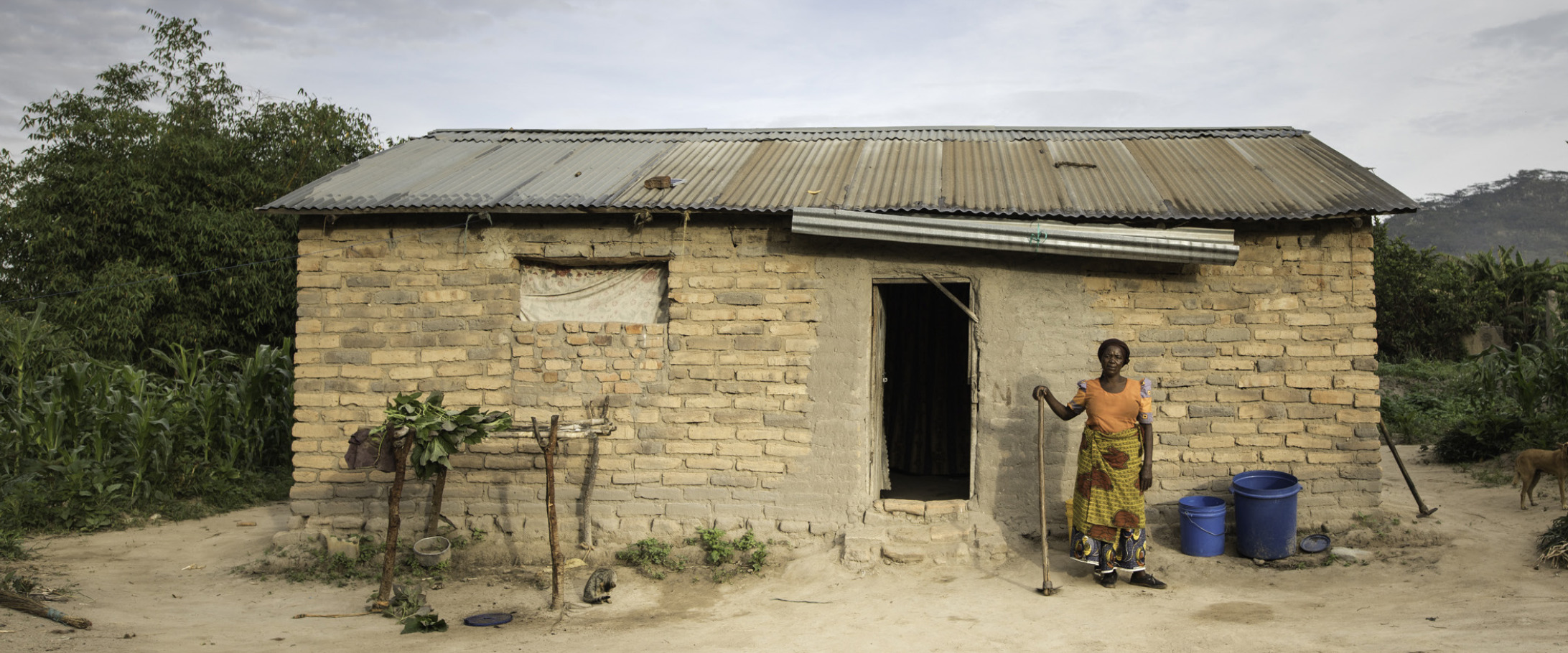Millions of people are affected by natural disasters every year, from bushfires in New South Wales to floods in Pakistan. CARE’s Tracy McDiarmid tells of her recent trip to Papua New Guinea (PNG) to help communities prepare for disaster, and subsequent training for CARE Australia staff with a special focus on including people with disability.
By Tracy McDiarmid, Disaster Risk Reduction and Resilience Advisor, CARE Australia
Recently, I visited Pinipel and Nissan Islands, the two atolls making up the Green Islands in PNG. The islands are located four hours by twin-engine motorboat from Buka, the temporary capital of the Autonomous Region of Bougainville. Here, frequent natural disasters like drought, storms and sea spray create serious water and food shortages.
While on Nissan Island, I experienced first-hand the strength of the storms which affect these remote communities; huge trees were toppled, houses lost their thatched roofs, and it took over a week for an evacuation boat to reach me.
Many people are aware that the Asia Pacific region experiences numerous natural disasters. But did you know that from 2000 to 2009 around 85 per cent of the people affected by disasters belonged to the Asia-Pacific Region¹?
Sadly, the majority of people affected by disasters are the poorest and most vulnerable. More than 95 per cent of people killed by natural disasters are in developing countries².
While visiting the island communities, I conducted training to help local Disaster Risk Reduction groups prepare a community Action Plan. I took each group through hazard scenarios affecting their community and we talked about the negative impacts on their health, food, income and community. We then practiced an exercise that they will do with their own villages to think about possible actions to help communities’ better plan for and cope with these hazards.
To raise awareness about disasters and celebrate how people and communities are reducing their risk to disasters, the International Day for Disaster Reduction is celebrated on 13 October. This year’s theme was ‘Living with Disability and Disasters’.
It’s important to shine a spotlight on this issue because people with disabilities are often doubly vulnerable to disasters; firstly because of their disability and secondly because they are more likely to be poor due to exclusion from social, economic and political affairs.
CARE Australia staff celebrated International Day for Disaster Reduction with an interactive case study exercise based on my experiences from PNG. A key message from the training was inclusion; since everyone in a community is affected by disasters, planning and decision-making must involve everyone – including children, older people, people with a disability, women, and poor people.
Only by ensuring the inclusion of people with a disability – by policy-makers, CARE Australia staff, and community groups such as our Disaster Risk Reduction groups on Nissan and Pinipel Islands – will we successfully reduce the devastating impacts of disasters.
¹International Federation of the Red Crescent, World Disaster Report, 2010
²Extreme Weather and Natural Disasters, 2012

